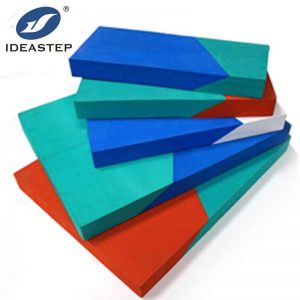
There are several materials commonly used in the production of insoles. Here are some of the most frequently utilized ones:
- EVA (Ethylene-vinyl acetate): EVA is a lightweight and flexible foam material that provides cushioning and shock absorption. It is commonly used in softer and more cushioned insoles.
- Memory foam: Memory foam is a type of polyurethane foam that softens and molds to the shape of the foot when in contact with body heat. It offers excellent cushioning and pressure relief.
- Gel: Gel insoles often contain silicone gel inserts that provide cushioning and shock absorption. The gel material helps distribute pressure evenly across the foot and provides a comfortable and supportive feel.
- Cork: Cork is a natural material known for its ability to mold to the shape of the foot over time. It offers good arch support, shock absorption, and moisture-wicking properties.
- Leather: Leather insoles are known for their durability and moisture-wicking properties. They provide a firm and supportive base and can help with odor control.
- Thermoplastics: Thermoplastic materials such as polypropylene or carbon fiber composites are commonly used in rigid or semi-rigid orthopedic insoles. They offer excellent support and stability for conditions like flat feet or overpronation.
- Poron: Poron is a high-density foam material that provides cushioning and shock absorption. It is often used in athletic or high-impact insoles.
It’s important to note that different insoles may combine multiple materials to achieve a balance of support, cushioning, and durability. The specific material used in an insole can vary depending on the intended purpose and the preferences of the wearer.
More materials can be found here: https://www.aideastep.com/eva-blocks-top-covers-for-cad-cam-milling/.
